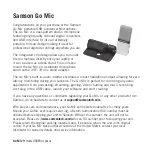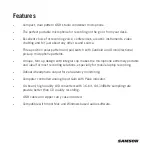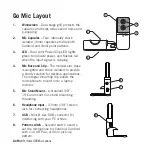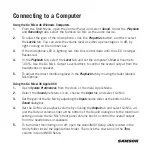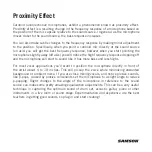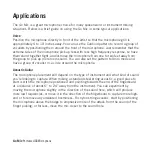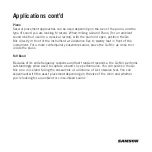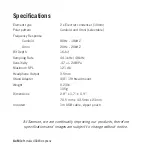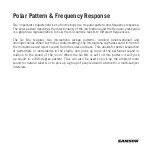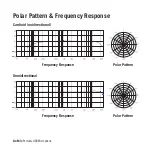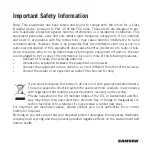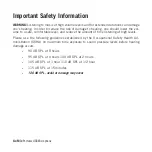
Proximity Effect
Cardioid (unidirectional) microphones, exhibit a phenomenon known as proximity effect.
Proximity effect is a resulting change in the frequency response of a microphone based on
the position of the mic capsule relative to the sound source. In general, as the microphone
moves closer to the sound source, the bass response increases.
You can also make subtle changes to the frequency response by making minor adjustment
to the position. Specifically, when you point a cardioid mic directly at the sound source
(on axis) you will get the best frequency response, however when you start pointing the
microphone slightly away (off axis) you will notice the high frequency response dropping off
and the microphone will start to sound like it has more bass and less highs.
For most vocal applications you’ll want to position the microphone directly in front of
the artist about 4 to 18 inches. This will pickup the voice while minimizing unwanted
background or ambient noise. If you are close miking vocals, and notice plosive sounds,
like p-pops, caused by plosive consonants set the microphone to a slight angle to reduce
p-popping. Slight changes to the angle of the microphone in reference to the sound
source can make some pretty amazing equalization adjustments. This can be a very useful
technique in capturing the optimum sound of drum set, acoustic guitar, piano or other
instruments in a live room or sound stage. Experimentation and experience are the best
teachers in getting good sounds, so plug in and start creating!
Summary of Contents for Go Mic
Page 1: ...Owner s Manual...
Page 2: ......



